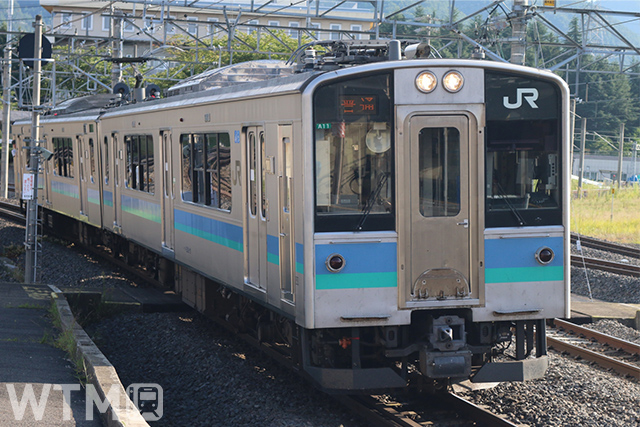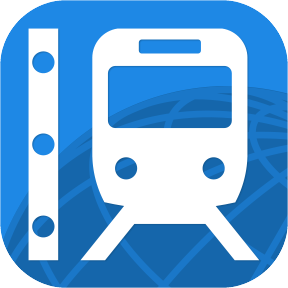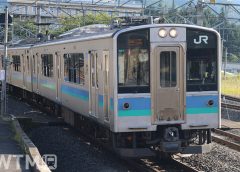JR East will expand the service area of the transportation IC card “Suica” in Nagano Prefecture after the spring of 2025, and make it possible to get on and off the train by touching it at 23 stations on the Shinonoi, Shin-etsu and Oito Lines.

Now, only at 15 stations in the Suwa/Matsumoto area
In Nagano Prefecture, the Suica riding service is currently available only between Shinano-Sakai Station and Matsumoto Station on the Chuo and Shinonoi Line (via Midoriko Station). It is biased to the Suwa/Matsumoto area where there is a lot of traffic between the Tokyo metropolitan area on the conventional lines such as the limited express “Azusa”, and only 15 stations are available.
Best Things To Do In Kumamoto – Tours and Activities – KKday
Suica will be newly available at each station between Tazawa and Nagano on the Shinonoi and Shin-etsu Line, and between Kita-Matsumoto and Hotaka on the Oito Line. In addition to being able to ride by touching the ticket gate using the remaining charge of Suica, they will also start handling Suica commuter passes. Details such as the service start date and stations where Suica can be purchased will be announced as soon as they are decided.
In addition, the 23 stations that will be expanded this time will be added as the stations within the Suica “metropolitan area.” You can get on and off within the same area with the balance of the charge, but you cannot use it across the different Suica areas of Niigata, Sendai, Morioka, Akita, and Aomori.
(See the chart below for details such as a route map of stations where Suica will be available in Nagano Prefecture, and areas for common bus IC cards KURURU.)
![[Chart] A route map of stations where Suica will be available in Nagano Prefecture, and areas for common bus IC cards KURURU.](https://en.wtmnews.net/wp-content/uploads/sites/3/2023/06/c439975bbc4ac979cc359a7866c8abe9.png)
Suica-based “regionally linked IC card” on local buses
Behind the area expansion this time is the existence of the “regionally linked IC card” that JR East aims to “Suica common infrastructure” and is accelerating its deployment in rural areas.
In September 2022, JR East agreed with the Nagano City Public Transportation Revitalization Council to provide a Suica-based IC card riding service for fixed-route buses operating in the Nagano area. In 2012, the Nagano area introduced its own common bus IC card, KURURU, which is currently available on 107 routes. A cumulative total of about 164,000 cards have been issued so far, and the number of uses in fiscal 2021 will be about 3,557,000.
The regionally linked IC card service is scheduled to start in the spring of 2025, and KURURU will be discontinued by shifting to new cards equipped with Suica ticket and electronic money functions. The target routes of the new card are Alpico Kotsu, Nagaden Bus (headquaters: Nagano City), which operates Nagano City, Suzaka City, Iizuna Town, Takayama Village, and Ogawa Village, and public general route buses and shared taxis (except for some routes), and the range is assumed to be roughly the same as the current KURURU.
The region-specific commuter pass and discount services provided by KURURU will be available even after the transition to regionally linked IC cards. In addition, it will be possible to use buses in this area with a transportation IC card that supports nationwide mutual use, which will improve convenience for tourists.
After this announcement, there were many requests from citizens to make it possible to use IC cards not only on buses but also on railways in the Nagano area. Nagano Prefecture has continued to convey its desire to expand the IC area to JR East, which has taken a cautious stance due to the cost of initial investment and maintenance. By introducing it to buses and railways at the same time, it is expected that the convenience of public transportation as a whole will be improved and the effect of promoting usage will increase.
There are four regional railway operators in the prefecture: Nagano Electric Railway, Shinano Railway, Ueda Electric Railway, and Alpico Kotsu (Kamikochi Line), but none of them accept transportation IC cards. The prefecture plans to exchange opinions with companies about their intentions to introduce the system and cost issues, and plans to consider how the prefecture will respond in the future.


 [All Japan JR Pass] Discover Japan with the All Japan JR Pass, the easiest and most cost-effective way to travel around Japan | Delivery to Taiwan, South Korea, Hong Kong & Singapore (Ad by KKday)
[All Japan JR Pass] Discover Japan with the All Japan JR Pass, the easiest and most cost-effective way to travel around Japan | Delivery to Taiwan, South Korea, Hong Kong & Singapore (Ad by KKday)



